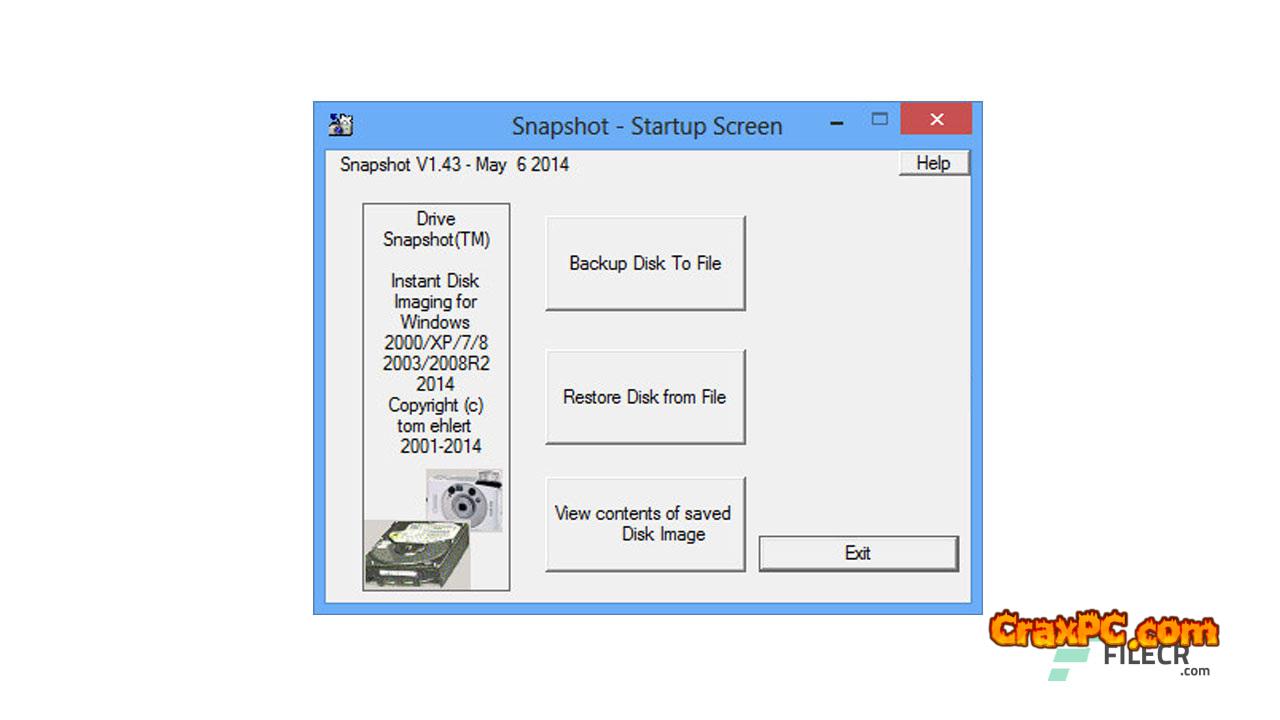While Windows is running and you go on working, the free download of Drive SnapShot full version standalone offline installer for Windows PC produces an identical disk image of your system into a file, including the operating system, installed applications, personal data, and all security features.
An overview of Drive SnapShot
With Drive Snapshot, you can make a disk image of your system and backup your hard drive or partition. In the event of a virus, trojan, or hard drive crash, it will be possible to restore your system exactly and completely in a matter of minutes.
You can use Windows Explorer or another tool to quickly restore (or use) individual files or folders by mounting the image file as a virtual disk.
Drive SnapShot’s features
Make backups of your disk images while using Windows.
Restarting the DOS is not required. Never.
While the backup is running, keep working.
With the new Snapshot technique, all data are guaranteed to be consistent and to represent the data on the PC at the beginning of the backup. There are no issues with file opening. Never.
This makes it possible to quickly and simply back up servers and other machines that are in use around-the-clock.
Simple File or Directory Restore and Usage
Motivate All of your drive’s contents are created as a virtual drive via Snapshot. These files can be used, compared, or restored straight from the disk image file.
This is compatible with any application, naturally includes Windows Explorer.
Complete disk restoration in the event of a disaster.
A disk will be exactly the same as it was at the moment of backup, byte for byte, if it is returned to its initial condition.
Windows can recover other disks, but DOS is required to restore a system partition.
NTFS, FAT16, FAT32, and all other Windows file systems are compatible.
Simple and feature-rich command line interface
suitable with all Windows RAID configuration
This facilitates the automation of mundane operations.
Technical Specifications and System Prerequisites
Operating systems supported: Windows 11, Windows 10, Windows 8.1, and Windows 7.
RAM: 2 GB of RAM (memory); 4 GB is advised.
200 MB or more of free hard disk space



